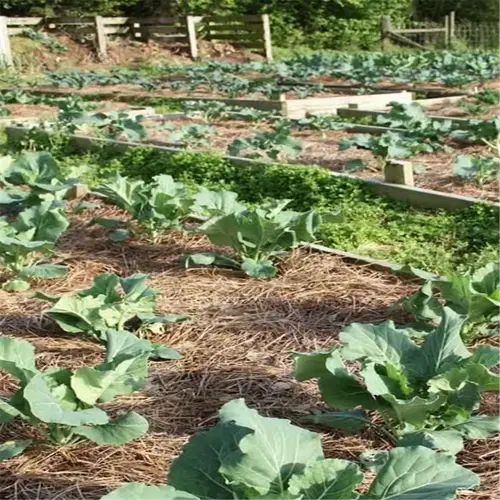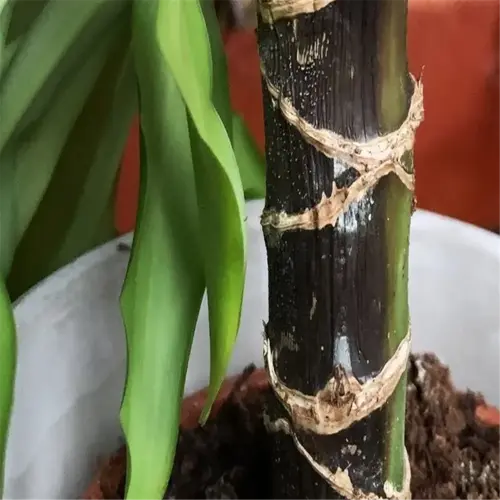When is the best time to prune fruit trees?

Written by
Nguyen Minh
Reviewed by
Prof. Charles Hartman, Ph.D.For effective pruning fruit trees, please rely on the dormancy of late winter when the sap begins to slow down. It is during this time that the cut will heal cleanly and will not be exposed to pests. I typically plan on working on my orchard in February, which is the appropriate time in zone 5b. I monitor temperatures in January and February to avoid any pruning frost risk below -7°C (19°F).
Stone Fruits
- Peaches/Nectarines: Prune mid-summer after harvest
- Cherries/Plums: Late winter before bud swell
- Avoid: Fall pruning in humid regions
Pome Fruits
- Apples/Pears: Prune January-February
- Quince: Late February only
- Max cuts: 30% canopy removal
Tool Prep
- Sterilize with 70% alcohol between trees
- Sharpen blades every 8 hours of use
- Replace springs showing rust
Different regions will dictate different schedules. For example, coastal Californians will prune their citrus trees in January, while the Midwest region may wait until March. In return for a fee, I adapt my clients' plans using frost maps from NOAA. A grower in Virginia lost 12 peach trees from pruning too early. Now, the grower monitors soil temperature to a depth of 15 cm (6 inches).
Bud Swell
- Apples: 3mm bud size = cutoff point
- Peaches: Visible pink = risk of oozing sap
Disease Signs
- Fire blight ooze = stop pruning
- Cytospora cankers = sterilize after each cut
Weather Flags
- Forecasted rain within 48 hours = delay
- Winds above 25 km/h (15 mph) = reschedule
It is helpful to use sharp tools to limit bark tearing where the pathogens may enter the tree. I generally replace anvil pruner blades each year because dull blades once crushed the scaffold on a client's pear tree. For branches or twigs greater than 5 cm (2 inches), tri-edge saws generally work better. After cutting diseased wood, it's a good practice to disinfect tools with a bleach solution before making additional cuts.
Read the full article: How to Prune Fruit Trees: A Step-by-Step Guide

